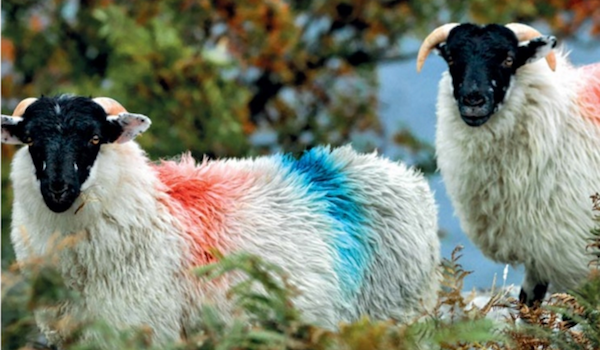
TRACKING TWEED
Photographer Ian Lawson explores the pathway between tweed and its landscape...

The colours of Harris Tweed come from the land. For hundreds of years, islanders have skilfully coloured hand-spun yarns using natural dyes derived from the plants and lichens found on their crofts or on the seashore. Today, synthetic dyes have largely replaced original plant dyes: but the landscape of the Outer Hebrides remains a source of endless inspiration for contemporary weavers.

Colour reflects our moods and the seasons; it calms and excites the senses. Different textures add depth and definition. The light and shadow of the Outer Hebrides and its unique landscape of ancient stones, mountains, loch, machair (a fertile low-lying grassy plain), moorland, beach and ocean slowed me to a standstill. As I began to photograph the landscape, the people and the tweed, I started to see patterns emerge. A beat began and the rhythm of Harris Tweed flowed into my consciousness and into my pictures.

Herringbone, hounds tooth, basket weave, bird’s eye, glen check, windowpane: evocative names for original Harris Tweed patterns. This is the only tweed in the world that uses fleece dyed before it is spun, and yarn composed of up to eight different blends of yarn.

A piece of Harris Tweed is a work of art. Caught up in the warp and weft is a combination of inherited tradition, individual imagination, craftsmanship and skill. This artistry and ingenuity in the weaver’s work is a genuine appreciation of the land, told in wool. The closer I look, the more beautiful and complex the patterns become. What makes Harris Tweed so special? It is arguably the most famous fabric in the world. It is certainly the only cloth that is protected by an act of Parliament…
Photography by Ian Lawson
To read this article by Ian Lawson in full, order your copy of Selvedge issue 60 here.
